© 2025 ALLCITY Network Inc.
All rights reserved.

There is so much in flux with the Denver Broncos as the 2017 season comes to a close, it’s hard to know who will be a building block for the future and who will be a sacrificed to the rebuilding process. The Broncos two starting safeties the last two weeks fit those profiles in different ways.
Veteran Darian Stewart, who still has three more years on his deal, is coming off of a poor season for the lofty standards he’s set since arriving in Denver back in 2015. Don’t take our word, Stewart is Pro Football Focus’ 62nd-ranked safety—mind you there are 64 starting safeties in the NFL. A few spots lower, at No. 66, sits second-year player Will Parks, who was thrust into the starter’s role with Justin Simmons’ late-season injury and has played some of the best football of his young career.
While he’s only started the last two games, Parks has appeared in 550 snaps this season, which is good enough for 64 percent of the defensive snaps this year. That alone should tell you that the coaching staff has put a good amount of trust in the former Arizona Wildcat and he’s starting to reward them with some impactful performances.
Given the directions both Stewart and Parks are going in their careers, it might be time to look towards the future. As far as the deep middle of the Broncos defense, Simmons is already counted on to be that future, something that was clear when the team let T.J. Ward go before the season even started. Is it time for the same rejuvenation process to occur at the other safety spot?
As we do every week, we went back to the tape to see what’s been working for Parks lately in an attempt to better assess his future projections with the team.
What’s worked the last three weeks
While Parks has started the last two weeks, it’s really more like three as Simmons was injured very early on in the Broncos Week 14 win over the New York Jets and Parks played a fine game.
It’s easy to see what the staff likes about Parks. He’s reckless in how he attacks the line, throwing his body around as he fills gaps against the run. Up close in the box as a hybrid nickel linebacker, No. 34’s done lots of good things, and he’s fun to watch as he plays with reckless abandon. He’s a reliable tackler who has also shown solid instincts reading plays and reacting quickly to close downhill.
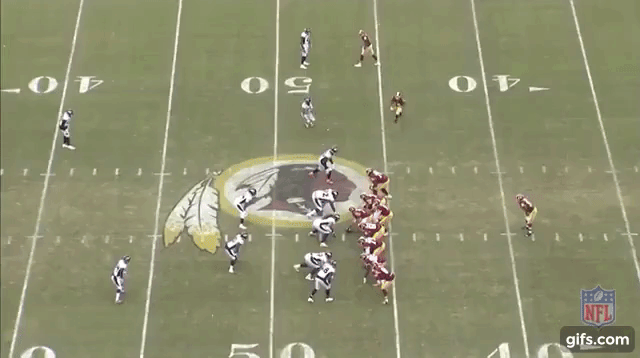
Sure tackling is an important a quality for any safety, as they can often be asked to play as the last line of defense, and this is an area in which Parks can certainly be counted on. On top of being stout against the run, Parks has made some great plays in coverage as well, where he’s quick to close on receivers downhill flying down to make a tackle. If everything is in front of him, he’s a playmaker.
Parks has a great knack for slipping through blocks, filling lanes and playing up against the line, which has allowed him to play a good amount this year even when Simmons was still healthy. At times, he plays like an old-school strong safety, reminiscent of Ward. His ability to blitz is also promising, and he’s even been a factor down on the goal line as well as in short-yardage situations.
Strong safety is exactly where Parks has filled in for Simmons, and it’s been an ideal fit for him, even more so than his sub-package assignments earlier in the year, simply because he’s so good up against the line. Similarly to Ward, Parks is just an in-the-box ace who can be very useful in the modern NFL’s mix-and-match back sevens, where he posses the skills of a linebacker against the run, but can still cover tight ends or running backs.
Ward, though, wasn’t just asked to play against the run or exclusively up close to the line, there were times when he was asked to cover in the slot or outside and did so to a decent enough level to where he wasn’t an obvious liability. That’s been the big difference for Parks the last three weeks—he’s actually making plays in coverage as a strong safety, flashing some ball skills as well.
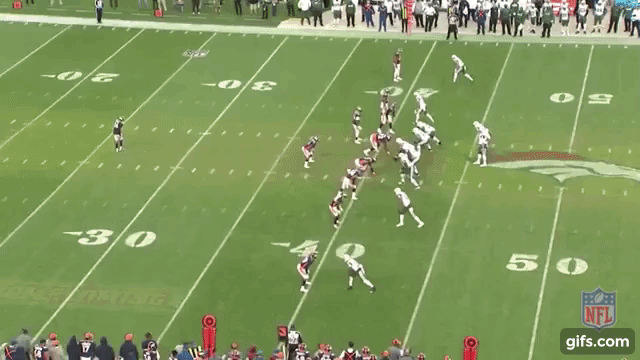
The second-year man is slowly showing that the closing speed and instincts that make him a talented player up close to the line allow him to make plays in coverage as well. Like the spectacular closing tackle on Colts tight end Jack Doyle to force a third-down stop seen below.
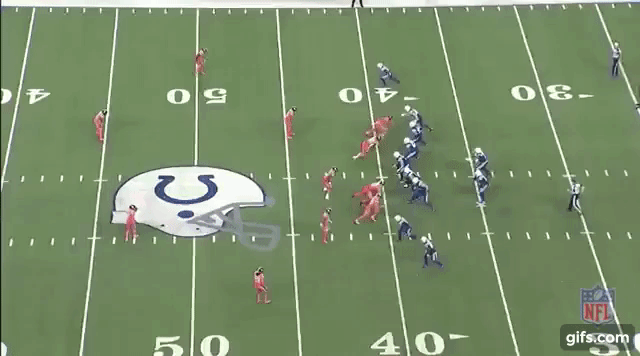
If used deeper, Parks’ instincts and burst downhill should translate as well. His interception of Kirk Cousins in the end zone is a perfect example of this as he read the quarterback to perfection, stayed disciplined and broke on the ball to save the Broncos at least three points by picking off the pass.
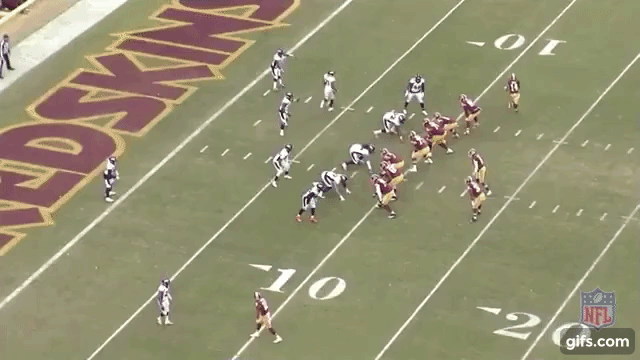
If he can do that with more consistency, Parks would definitely have most of the necessary traits required to start for the Broncos in the future — assuming he continues to develop.
He’s not a plug-and-play safety who can line up just about everywhere the way Simmons can, but he can do a lot of things if utilized the right way.
Can two strong safeties work?
While Parks has been great the last few weeks, his play the rest of the year has been much more up-and-down. While he’s always flashed as a run defender, even when used as simply another sub-package defensive back, it’s his cover skills that remain a question mark.
This has especially been an issue for Parks when covered up against the NFL’s best tight ends, where his size has given him problems. Ward, too, used to struggle at times in these scenarios, but the defense could live with it because Ward was a bone-crushing intimidator over the middle of the field and he made the right decisions in zone-coverages. Parks isn’t quite there yet on either front.
The touchdown he allowed to Julius Thomas while isolated on him out towards the sideline is a perfect example of this.
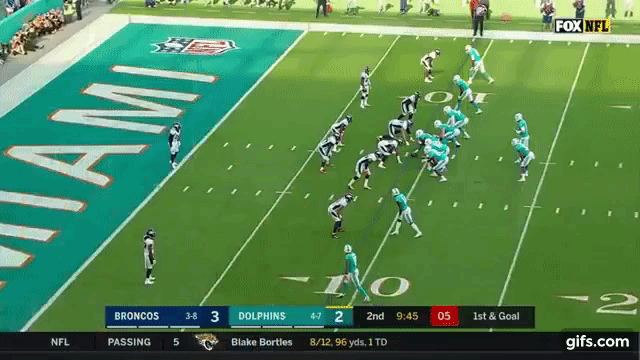
In these spots, Parks is a liability, and when opposing offenses are faced with going up against the Broncos three talented cornerbacks or Simmons, he’s the default man to attack.
On top of that, No. 34’s ability as a deep safety, where he’s made some incorrect reads, opening up gaps in the defense that quarterbacks have been quick to exploit, is his other big weakness. Just last week, he allowed a first down on a miscommunication with Stewart, opening up the middle of the field for Cousins. He also can get caught in pick-plays where he needs to be more aware when sifting through traffic.
His instincts deep can be worked on much more than his cover skills when having to turn and run after his man. Not just Thomas, Rob Gronkowski, Travis Kelce, and even the Buffalo Bills’ Nick O’Leary gave Parks issues, exploiting him for big plays that cost the Broncos dearly.
While it has been great to see him play this well in the last three games, it’s also true that defending Austin Seferian-Jenkins, Doyle, and Vernon Davis isn’t the same as having to defend the league’s elite that gave him issues earlier in the year.
One very important question moving forward is who plays where if Stewart isn’t a part of the future plans? Simmons has been the starting strong safety all year, and while Stewart hasn’t been great, we know he can do the job as a deep safety who’s generally responsible in coverage.
Against the Dolphins, Simmons proved he’s so much more than a simple in-the-box safety with some corner like skills, which we covered in detail here. If Simmons simply moves to play free safety, where he’s probably even better equipped to succeed, that could open the door for Parks to take over for Stewart in the secondary.
Parks is an interesting young player with enough skills to become a starter, his path there is less clear, though he’s certainly played well enough to force the Broncos to consider such a move in the near future.
Comments
Share your thoughts
Join the conversation




